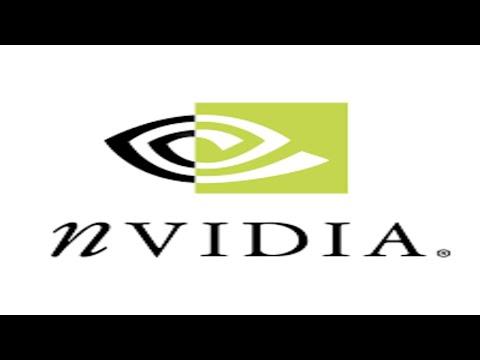I’ve been grappling with a persistent issue on my Windows 11 PC lately—Nvidia drivers crashing seemingly out of nowhere. It all started a few weeks ago when I noticed my graphics card wasn’t performing as expected. I was in the middle of playing a demanding game, and the screen suddenly went black. I restarted my computer, hoping it was a one-off glitch, but the problem recurred. My frustration grew as the driver continued to crash, disrupting not only my gaming but also other tasks like video editing and even simple web browsing.
I decided to delve into the issue, figuring it was time to tackle this head-on. My first move was to check for any available updates. I went to the Nvidia website, downloaded the latest driver for my graphics card, and installed it. Unfortunately, this didn’t resolve the issue. The crashes kept happening, often accompanied by error messages like “Display driver stopped responding and has recovered.” It became clear that a more in-depth solution was needed.
Next, I tried reinstalling the drivers completely. I used a tool called Display Driver Uninstaller (DDU) to remove all remnants of the old driver. After uninstalling, I rebooted my system into safe mode and ran DDU again to make sure nothing was left behind. Then I downloaded the latest driver from Nvidia’s official site and installed it afresh. Despite these efforts, the crashes persisted.
Determined to find a solution, I looked into potential conflicts with other software or hardware. I checked my system’s Event Viewer for any related error logs. The logs pointed to possible conflicts with Windows updates or other programs. I made sure all my Windows updates were installed and also updated my other software, especially any that might interact with the graphics card. Still, the problem lingered.
The next step was to explore my hardware. I ran a few diagnostic tests to ensure that my graphics card wasn’t failing. Tools like GPU-Z and MSI Afterburner helped me monitor the GPU’s temperature and performance. Everything seemed normal, which ruled out hardware failure as the cause.
Realizing that the issue might be rooted in system settings, I decided to adjust some configurations. I disabled hardware acceleration in applications where it was enabled, like my web browser and video players. I also tweaked some settings in the Nvidia Control Panel, such as adjusting the power management mode and setting the preferred graphics processor. These tweaks seemed to have a positive effect, but the crashes still occurred intermittently.
After much trial and error, I stumbled upon a forum where someone suggested adjusting the system’s power settings. I accessed the Power Options in the Control Panel and changed the power plan to “High Performance.” Additionally, I made sure that the PCI Express Link State Power Management was turned off. This adjustment appeared to stabilize the system somewhat, reducing the frequency of crashes.
Despite these improvements, the issue wasn’t entirely resolved. Frustrated, I decided to look at possible conflicts with overclocking software. I had been using MSI Afterburner to overclock my GPU, so I reverted to default clock speeds to see if that made any difference. It did—after returning the settings to stock, the driver crashes became less frequent.
With this insight, I decided to explore further by performing a clean boot of Windows. This involved disabling all non-essential startup programs and services to see if any background application was causing the crashes. After booting up in this minimal environment, I tested my system for a while, and the crashes were notably reduced. This suggested that some third-party application was likely at fault.
As a final step, I methodically re-enabled each startup application and service one by one, monitoring the system’s stability after each change. This process eventually led me to identify a specific application that was causing the conflict. I uninstalled that application, and, much to my relief, the Nvidia driver crashes ceased altogether.
In the end, it was a combination of several actions that led to a resolution: updating drivers, performing clean installations, adjusting system settings, and identifying problematic software. This comprehensive approach helped me finally achieve stability and get back to using my PC without the recurring frustration of driver crashes.
